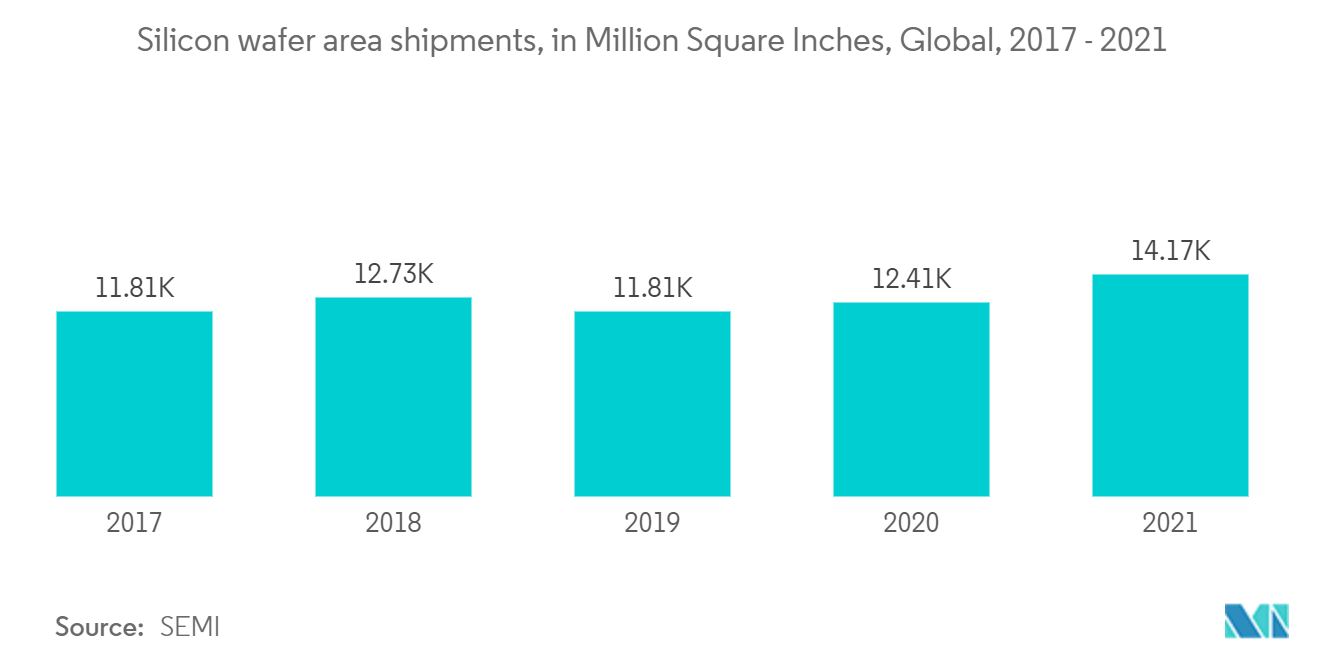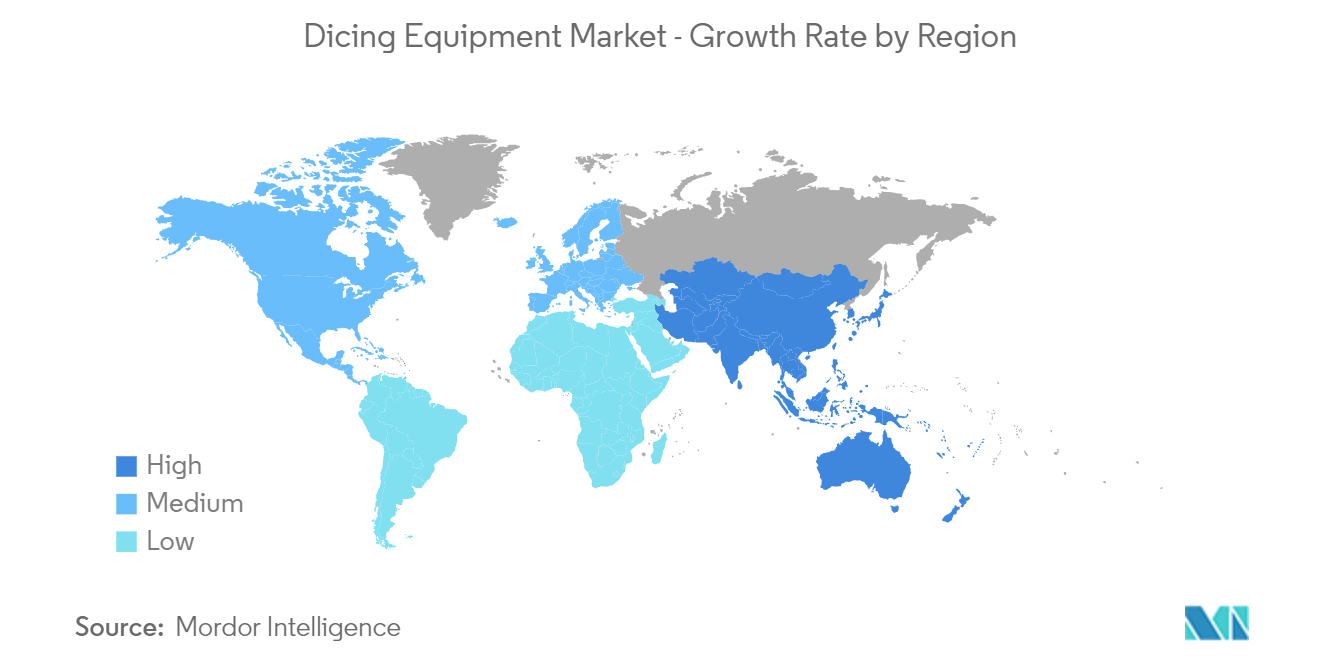Market Trends of Dicing Equipment Industry
This section covers the major market trends shaping the Dicing Equipment Market according to our research experts:
Blade Dicing to Hold Significant Market Share
- Wafer dicing separates individual silicon chips (die) from one another on a wafer. The wafer is mechanically sawed in the excess spaces between the dies during the dicing process (often referred to as either dicing streets or scribe lines). Mainstream cutting of silicon wafers with a diameter of 200mm or 300mm is currently conceivable, as is a 0.05mm square cut. The standard uses a diamond blade to hide the industrial diamond in the resin. When cutting the silicon wafer, the blade thickness varies depending on the subject material and ranges from 20 m to 35 m.
- The precision and control capabilities of the wafer dicing process are critical. The yield and productivity of the entire process are determined by the rate at which the wafer substrate is fed into the cutting blade. Most industries, therefore, require high-speed, high-cutting dicing machines, which can increase the throughput rate and lower the cost.
- There are several vendors offering dicing blades. For instance, SIMAC offers dicing blades for Wafer Dicing, CSP, BGA, GaAs, GaP, LED Package singulation, compound semiconductors, ceramics, glass, crystals, and other materials.
- Diamond blades are commonly used in dicing machines, which require a constant supply of coolant. Only in this manner can a uniform cut quality be achieved. Deviations can be caused by uncontrollable causes such as nozzle clogging, nozzle adjustment changes, and blade quality. As a result, a statistical technique is required to monitor blade torque continuously. To ensure process stability, online monitoring of dicing machine performance is critical.
- The increasing demand for semiconductor chips is expected to positively impact the demand for blade dicing equipment. For instance, according to Semiconductor Equipment and Materials International (SEMI), the total area of silicon wafers shipped globally reached 14,165 million square inches.

Asia-Pacific to Hold a Major Market Share
- In the last few decades, the semiconductor industry witnessed tremendous growth, with countries like China and Taiwan emerging among the leading semiconductor manufacturers. TSMC, Samsung, SK Hynix, etc., are among the region's top manufacturers of semiconductor chips.
- China is considered one of the world's fastest-growing semiconductor markets. Significant demand for smartphones and other consumer electronics devices encourages many vendors to set up production establishments in the country. Increasing initiatives, such as 'Made in China' by the Chinese government, are increasingly drawing attention from international players to set up local production establishments.
- According to the Semiconductor Industry Association (SIA) forecasts, the Chinese semiconductor industry could generate USD 116 billion in annual revenue by 2024, capturing about 17.4% of the global market share.
- Furthermore, China also announced a new and enormous fab development campaign in the foundry, gallium-nitride (GaN), and silicon carbide (SiC) markets, among other steps, to advance its domestic semiconductor industry. According to SEMI, chipmakers worldwide were scheduled to begin construction on 19 new fabs in 2021, with another ten planned for 2022.
- The ongoing chip shortage and the growing demand have also encouraged other countries to take the initiative to promote local semiconductor industry. For instance, the government of India took several initiatives to develop its electronics manufacturing cluster. In December last year, the Ministry of Electronics and Information Technology (MeitY) approved a comprehensive PLI scheme involving incentives worth USD 9.2 billion for semiconductor and display manufacturers to be distributed over the next six years.


